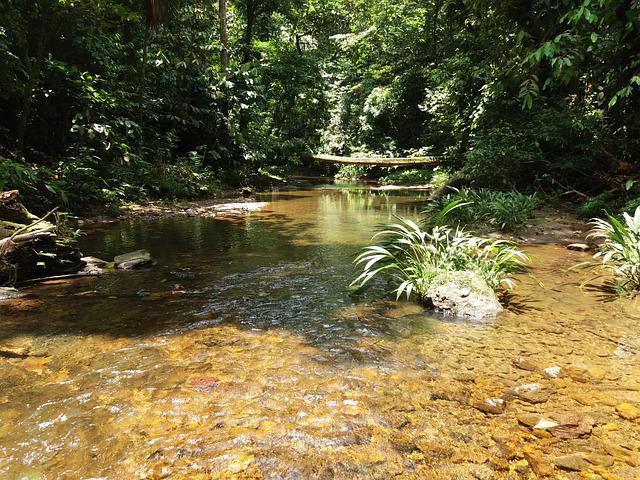
Soil science studies the soil based on its environment, especially plants.
Soil science is the scientific discipline that studies the nature and characteristics of the soil in its relationship with plant species . The term comes from the Greek édaphos (which can be translated as "ground" ) and logos ( "treaty" ).
Sometimes pedology is used as a synonym for pedology . However, pedology analyzes the formation and structure of the soil understood as a floor or surface, while pedology considers the soil as the land that is cultivated .
Points of interest
It is important to keep in mind that soil arises from the mechanical and chemical changes that occur in the rocks that are on the surface. These transformations result in a mother matter that, combined with gases from the atmosphere, water, the action of animals and other factors, generate a mixture of inorganic and organic materials.
All these questions are investigated by soil science, focusing on the relationship between the soil, the plants that grow in it and the environment. By knowing the properties of the soil and knowing how these features affect the environment and the production of vegetables, soil science is key to agriculture .
Soil science
It is often said that pedology is a science of the soil . Its experts examine the composition and distribution of soils, taking into account their processes and conservation . Thus they conceive knowledge that is vital for technicians and agricultural producers.
Soil science, in short, is necessary to optimize food production and preserve ecosystems. Their contributions contribute to the care of biodiversity and the survival of living beings.
Origins
Although soil science has its origins in the mid-19th century, with the study of soil at a scientific level at the Russian Geographical College , it is important to note that a century earlier the polymath Mikhail Vasilievich Lomonosov had contributed essential knowledge about soil, postulating it as something more than a "static body." The aforementioned pedology emerged with the geographer Vasili Vasílievich Dokuchayev , to whom we owe the theoretical basis of soil geography.
In 1883 he published the first of his works on the subject, in which he detailed an experiment on a type of black soil rich in humus, phosphorus, microelements and potassium (the so-called chernozem ). In this study he used the foundations of morphology and made an unprecedented classification, accompanied by the corresponding descriptions and new cartographic methods. Three years later he suggested that the term "soil" be used in the field of science to denote the horizons of the earth that are subjected practically every day to the action of various organisms, air and water, which has an impact on various changes.

Climate, water, air and living organisms influence the soil.
Vasili Dokuchayev also offered a definition of soil that presents it as an independent body, influenced by more than one factor, including vegetation. He stated that this highly complex product results from the combination of the reciprocal action of several agents: beyond the plants, he mentioned the climate, the age and forms of the terrain ( palaeogeography and geomorphology , respectively), the bedrock and, therefore, Of course, the animals .
Already at this point we notice the scientific interest in soil as a component of nature that must be understood in reference to its environment, to the living beings that interact with it. Other relevant names in this stage that resulted in a new interpretation of the land were Konstantin Glinka , Neustrayev and Sibirtev . The latter bequeathed a classification of soils that differentiates them into three groups : zonal , intrazonal and azonal , each with its respective subgroups.
